While most of the questions addressed here on Tuxedo Unmasked are things I’ve personally wanted to dig into deeper or fun trivia I want to share, sometimes I like to open up the floor to the Sailor Moon community at large to take a shot at addressing some of your burning questions.
Today’s questions are a selection of common questions I see floating around social media, in Google search terms, and even some taken right from the comments.
Stick around — who knows, you just might find one of your questions here… or at least learn something fun in the process!
If you want to read more of these rapid fire question-and-answer articles, you can check them out here:
- Answering Your Sailor Moon Questions
- Answering Your Sailor Moon Questions – the Sequel
- Answering Your Sailor Moon Questions – the Threequel
- Answering Your Sailor Moon Questions – Part IV
With that out of the way, let’s get started!
Why do the Inner and Outer Senshi’s last names follow a different pattern?
Let’s take a quick look at the list of the primary1 Sailor Senshi existing in our solar system:
- 月野うさぎ (Usagi Tsukino), 水野亜美 (Ami Mizuno), 火野レイ (Rei Hino), 木野まこと (Makoto Kino), 愛野美奈子 (Minako Aino)
- 天王はるか (Haruka Tenoh), 海王みちる (Michiru Kaioh), 冥王せつな (Setsuna Meioh), 土萠ほたる (Hotaru Tomoe)
As you’ve probably already noticed, the final character for all of the Inner Senshi’s last names is “no” (野) while the Outers (sans Hotaru) follow a different pattern with “oh” (or “ou” if you prefer; 王). So what gives?
Well, by and large, the Sailor Senshi all follow the same pattern for their last names insofar as they are taken directly directly from the Japanese name for their guardian planet. There are a few exceptions to this which I’ll discuss in further detail down below, but you can see generally how it looks in the following chart.
| Planet | Reading | On vs. Kun Readings23 |
| 水星 Mercury |
Suisei | 水 On: Sui Kun: Mizu |
| 金星 Venus |
Kinsei | 金 On: Kin Kun: Kane |
| 月 Moon |
Tsuki | 月 On: Getsu Kun: Tsuki |
| 火星 | Kasei | 火 On: Ka Kun: Hi |
| 木星 | Mokusei | 木 On: Moku Kun: Ki |
| 土星 | Dosei | 土 On: Do/To Kun: Tsuchi |
| 天王星 | Ten’nousei | 天 On: Ten Kun: Ama |
| 海王星 | Kaiousei | 海 On: Kai Kun: Umi |
| 冥王星 | Meiousei | 冥 On: Mei Kun: Kura |
As you’ve probably established from a quick glance at the chart, the Inner Senshi (excluding Minako, which I’ve previously explained here) use the kun reading for the Japanese name of their guardian planet and replace the kanji for celestial object (星; On: sei, Kun: hoshi)4 with the kanji 野 (no) — a common character used in Japanese last names.
And the Outers? With the exception of Hotaru (previously explained here), their last names are taken straight from their guardian planets but with the kanji for the celestial object simply omitted.
So why didn’t Ms. Takeuchi just follow the same pattern as the rest of the Inner Senshi when naming the Outers? One possible explanation is simply that she wanted to try something different since they were meant to operate separately from the Inners. But personally, I think the explanation is much simpler:
She already wrote herself into a corner.
You see, she already used the prospective last names for Haruka and Michiru on Gurikazu Amano and Gurio Umino in Sailor V and Sailor Moon respectively.
Taking that into consideration it probably made the most sense to Ms. Takeuchi to simply follow a pattern similar to the Inners by just using the name of the planet and omitting the last character (星) to make it sound more like a plausible name.
What’s Inside a Dream Mirror and Why Does it Hurt?
This question — or, rather, questions — is something that I never actually considered. Let’s take a look at the second question first, since that’s the easier one to answer.
Why does it hurt when someone looks inside your Dream Mirror?
While there’s no official answer on the subject, I’d hazard a guess that it’s a cross between 1) having someone rough handle an item intrinsically tied to your body and soul is probably physically unpleasant; and 2) having your dreams and all the emotions you hold dear exposed for all to see is emotionally jarring.
Considering that you could very will die once your Dream Mirror is removed from your body,5 I’d say it’s pretty fair to assume that it must be painful.
What’s inside a Dream Mirror?
Pegasus, for one. Or at least in the case of the host mirror he resides within.
In most normal cases, though, the victim of the day’s “beautiful dream” exists in some kind of ethereal manner within the Dream Mirror. While we never actually see what’s inside for ourselves, judging by the way that the Amazon Trio go in for a peak themselves as they perform a visual “search” for Pegasus, my best guess is that something of a small, enclosed world representative of the owner’s dream exists within the Dream Mirror.
When Does Sailor Moon Crystal Take Place?
While the themes of Sailor Moon may certainly be timeless, it pains me to admit that the story itself most certainly is not. From pager-style “texting” calculators that display only numbers to games developed on 3.5″ floppy disks, cassette demo tapes, and more, the world of Sailor Moon is one firmly entrenched in the 90s.
Or should I say, “was.”
While the story beats between the Sailor Moon manga and Sailor Moon Crystal are generally the same, the new animated series has brought with it certain visual updates, from matching up with a more modern version of Azabu-Juban to giving Usagi a laptop computer to play with.
In case there was any doubt over when Sailor Moon Crystal is meant to take place, this subject was directly addressed in an August 2014 interview with Yu Kaminoki, producer of Sailor Moon Crystal season:6
――今作は前作と違い「オリジナル」要素は取り入れない?
【神木】はい。ストーリーは原作にそって進行します。、ただ、時代設定は現代に変更しているほか、担当編集者の小佐野(文雄)さんにシナリオ打ち合わせに立ち会ってもらい、当時、誌面の都合で武内先生が描ききれなかったことを拾い上げて膨らませているシーンもありますので楽しみにしてもらいたいですね。
Or for those of you who prefer English:
Q: Does that mean you won’t add any original elements to the story, like the previous version [90s anime] did?
Kaminoki: That’s correct. The story will follow the [manga] source material. However, we’ve change the setting to occur in the modern day and have also included Editor [Fumio] Osano in our story meetings to pick up and build on scenes which Ms. Takeuchi couldn’t draw due to magazine limitations. I hope you’ll look forward to that.
Though Sailor Moon Crystal series will ultimately take nearly a decade to play out from inception to completion,7 the series has so far managed pretty well in my opinion in avoiding any awkward leaps in technology from one season to the next. If anything, this says a lot about how little Ms. Takeuchi relied on pop culture of the day in making her story.
And that, dear readers, brings us to the end of yet another edition of “Answering Your Sailor Moon Questions”! As always, I’d love to hear your thoughts, comments, or even any other burning questions you may have down below in the comments. You can also follow me on Twitter at @t_unmasked if you are interested in more frequent, bite sized bits of Sailor Moon trivia and other related ramblings!
References:
- Because technically the Sailor Quartet and Sailor ChibiMoon also exist. ↩
- See On Reading and Kun Reading in Japanese ↩
- Note: This is not a complete list of readings for each kanji ↩
- See 星 (Jisho.org) ↩
- See episode 149 when Usagi’s Dream Mirror shatters. ↩
- See 新『セーラームーン』、なぜキャラデザ変更?~プロデューサーに聞く2 ↩
- Sailor Moon Crystal released in 2014 and the final arc of the story, Sailor Moon Cosmos is set to hit theaters in Summer 2023. ↩
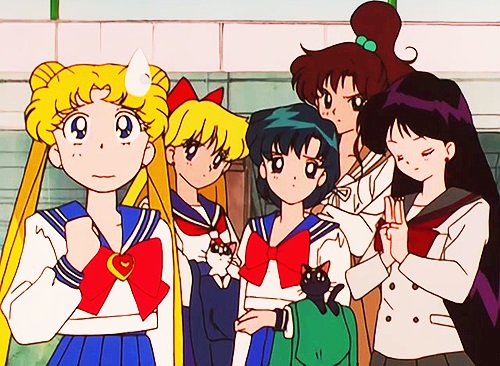
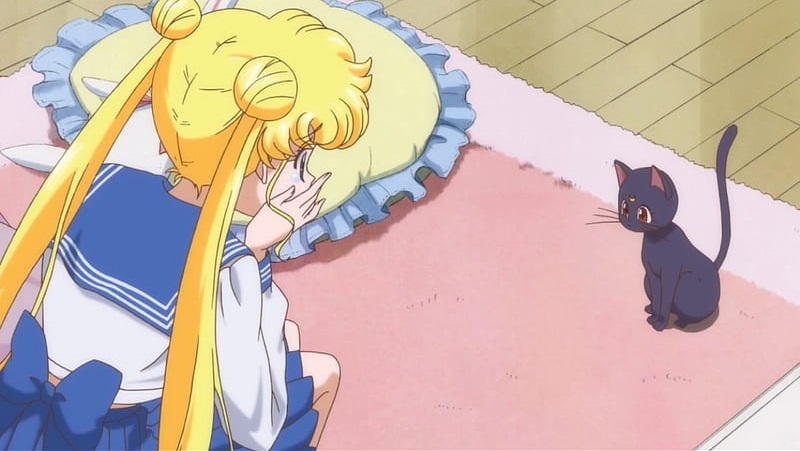
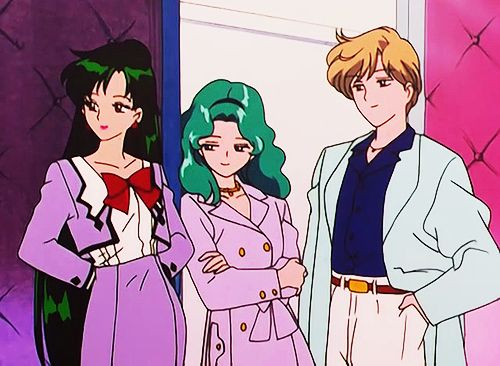
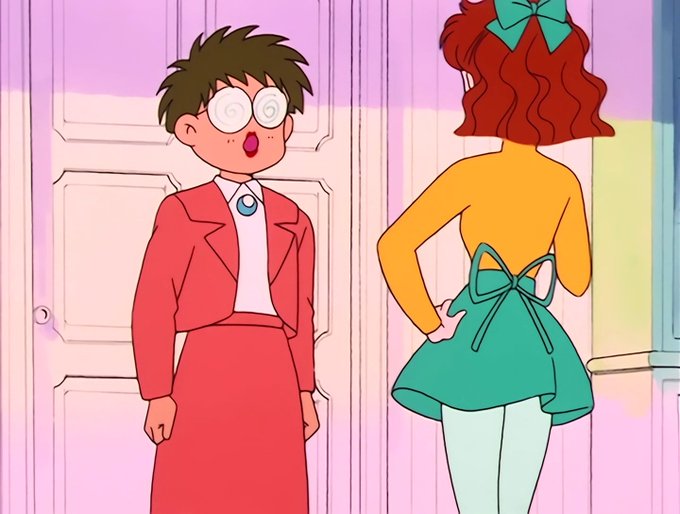
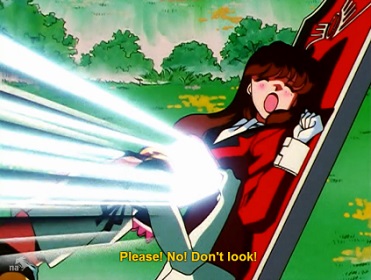
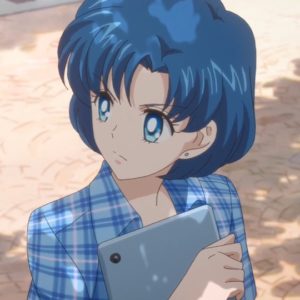
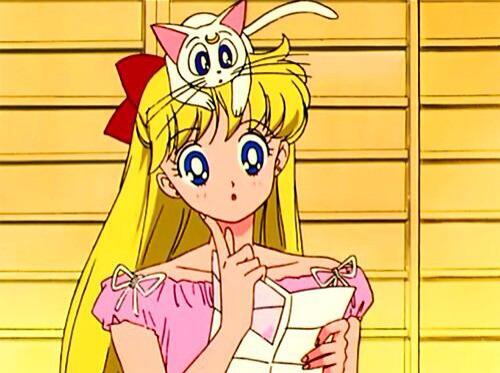

Long time admirer, first time commenter here. This comment is only tangentially related at best, but your description of dream mirror extraction brought something to mind for me. I remember a post of yours from a while back about how SuperS was meant to attract younger fans to the franchise (following the heaviness of the previous season, and by focusing more on Chibi-USA, etc. — sorry if I’m misremembering.) But also, I read a think-piece a while back by somebody else about how SuperS could’ve been a veiled look at sexual assault/ rape-culture. (Specifically regarding the Amazon Trio—how they always chose their victim in a bar, based purely on sexual attractiveness; then they literally retrained the person while forcefully entering their most private place.) I’m just curious if you’ve ever wondered about this yourself, or if (long-shot, I know) there’s any inkling of evidence to support this parallel to sexual assault being intentional. Maybe an attempt to quietly sneak some maturer material into the backdoor for the growing fans, while overtly pivoting towards younger ones?
Could you please do an article about the official Sailor moon fanclub? Idk if its the us or canada but i was looking at an old sm backpack on ebay and the tag talked about a sm fanclub and even had a phone number (1 800 378 luna). It used the old 90s english logo so it has yo be from the 90s or very early 2000s.
Idk if you know anything about this or if theres even enough info to do an artcile.
I also saw a 2000 calendar (also using the old logo, claimed to be official) that had a picture of the starlights which i thought was funny cuz stars wasnt even dubbed back then
I have a question that I think only you could answer, due to your in-depth knowledge of both Japanese language and culture.
It’s about the infamous “Haruka is both a man and a woman” line. In the manga, it appears that Usagi is thinking this to herself, but Crystal changes it to Michiru saying that out loud. To me, the explanation behind that line was always obvious, explained by the line immediately after: “She has the strengths and personalities of both genders.” Meaning that she wasn’t saying Haruka was LITERALLY a man and woman at the same time, but that she was a woman who was an equal blend of both “feminine” and “masculine” traits.
However, I think the downside, however slight, of society learning to embrace gender diversity more often (which I am all for), leads people to jump to conclusions too quickly, although there was some of it going around back in the early days of the fandom too. Basically, back then some people took this line to mean that Haruka/Uranus was some sort of literal hermaphrodite (pardon the terminology, guys, it’s relevant for mythology/fantasy purposes), while nowadays I see a lot of people asserting confidently that Haruka must be “genderfluid”/non-binary/bi-gender/etc. Which I really don’t think is the case. (And it’s giving me awful “Prince Uranus” flashbacks!)
First, whatever you think of it, Naoko Takeuchi herself said that only women can be senshi. I think it’s a little unfair myself, but that’s her rule, so I’m pretty sure she’d say Haruka is 100% female. Her dressing so masculinely (at first) seems to either have been to trick the readers into believing that there could be another “Tuxedo Kamen” style male “senshi”, part of a disguise for Mugen Gakuen, or maybe to somewhat hide her relationship with Michiru by making them appear to be a heterosexual couple at first. Maybe all three, or more? But once Usagi (and the readers) start figuring out Haruka and Uranus are the same person, she starts dressing more femininely… and not in a subtle way, but almost more feminine than Usagi or Michiru herself.
I know Haruka was based off Takarazuka players and that’s what Naoko seems to be doing here, as well as kind of having her cake and eating it too by introducing what looks like a male character acting as sort of a “forbidden love interest” to Usagi (despite already having an amazing girlfriend!), only to sort of veer away from that once the secret was out. So there’s at least one cultural element in play most of these fans don’t seem to be thinking about. But I also learned something recently from this very site that I didn’t know before.
I didn’t know that, unlike anime Haruka who always uses “boku”, manga Haruka uses both “ore” and “atashi”.
https://www.tuxedounmasked.com/did-the-sailor-moon-anime-make-haruka-more-masculine/
That surprised me at first, but now it kind of makes sense. Seems like something Takarazuka players might do too, depending on whether they’re on stage vs their personal lives? (Never watched any myself, so I couldn’t say.)
Sorry for the essay here, so I’ll wrap up. Based on what you know of the Japanese language and culture, especially how things might’ve been back when the manga was released, would you say it’s more likely that manga Haruka was meant to be seen as a cis-gender woman who was simply fluid in her gender *presentation* and personality, or do you think the people who believe Haruka is genderfluid as an actual *identity* or literally “both a man and a woman” have a leg to stand on? (And could you possibly write out those manga lines in Japanese for me?)
I know this is a controversial issue that might make you feel out of your league, but you’ve handled topics like this very well in the past and I think you could provide more actual insight (vs speculation) compared to other fans.
Ah, here’s my mess of a comment. I think I could’ve worded some of it a little better, but it was one of those late-night rambly posts. My main points still stand, though, and I’m curious if you can add any insight from the Japanese perspective.